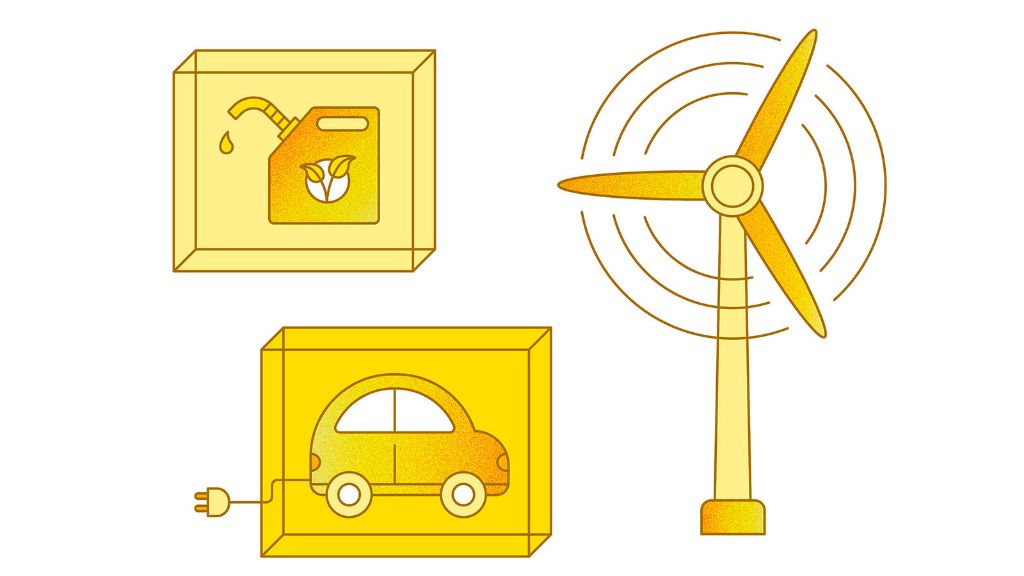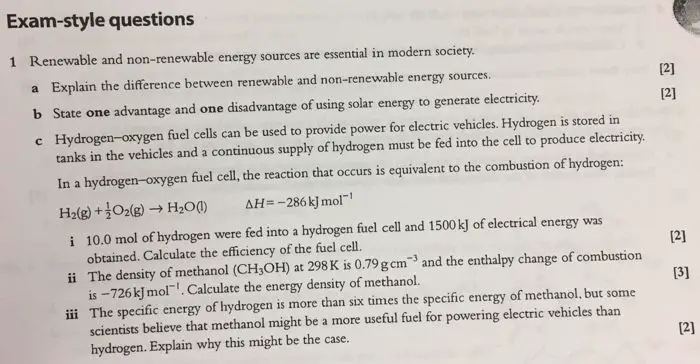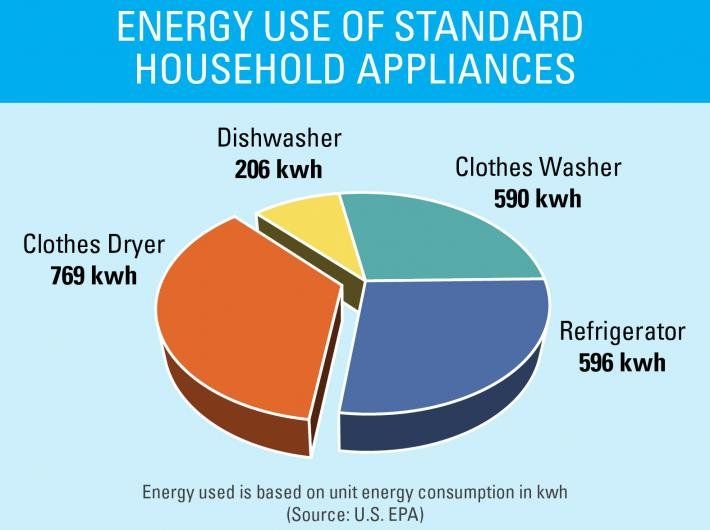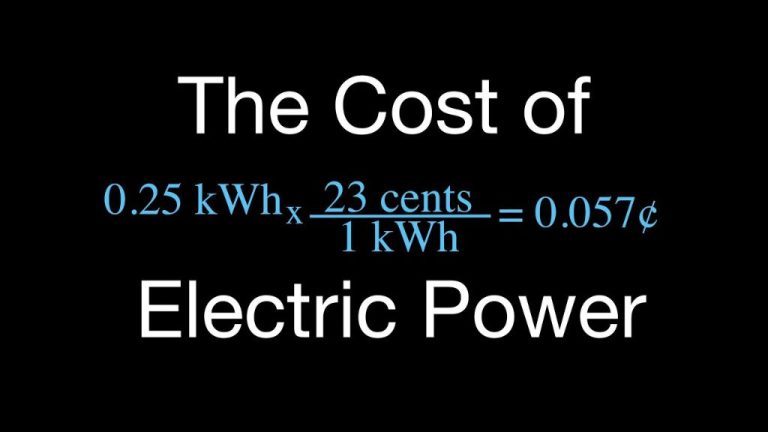How Does Renewable Energy Help Reduce Carbon Emissions?
Renewable energy comes from natural sources that are constantly replenished, such as sunlight, wind, water, plants, and geothermal heat. The main renewable energy sources used today are solar, wind, hydropower, geothermal and biomass. Renewable energy is crucial for reducing carbon emissions and mitigating climate change. Burning fossil fuels like coal, oil and natural gas emits greenhouse gases like carbon dioxide that trap heat, causing global temperatures to rise. The buildup of carbon dioxide (CO2) is the primary cause of climate change. Renewable energy produces little to no global warming emissions. Using renewable energy can significantly reduce emissions of CO2 and other greenhouse gases. As we transition our energy supply to lower carbon sources like renewables, we can curb emissions to reach climate goals and create a more sustainable future.
According to research, “The need to reduce greenhouse gas emissions is important because even small amounts of CO2 emitted over time greatly contribute to climate change” (Source).
Types of Renewable Energy
There are several major types of renewable energy, including solar, wind, hydroelectric, geothermal and biomass. Solar energy comes from the sun in the form of radiant light and heat. It is harnessed through technologies like photovoltaic panels and concentrated solar power. Wind energy utilizes the airflow through wind turbines to generate mechanical power. Hydroelectric power is generated by moving water, usually stored in dams, which spin turbines. Geothermal energy taps into heat below the earth’s surface to produce steam for power generation. Biomass energy utilizes organic matter, such as plants, agricultural waste and garbage, as a renewable fuel source through direct combustion or conversion into biofuels.
According to the National Grid, the most common renewable energy sources are wind, solar, hydroelectric and biomass. Each of these sources harness naturally replenished resources, like sunlight, water flow, wind and biological organisms, allowing them to be renewed constantly. This contrasts with fossil fuels, which take millions of years to form naturally.
Carbon Emissions from Fossil Fuels
Fossil fuels like coal, oil, and natural gas emit significant amounts of carbon dioxide (CO2) when burned. According to the EPA, fossil fuel combustion accounted for 94% of total CO2 emissions in the United States in 2019. The main fossil fuels and their contributions to CO2 emissions are:
- Coal: Approximately 45% of worldwide CO2 emissions from burning fossil fuels come from coal. Coal combustion releases more CO2 per unit of energy than oil or natural gas due to its higher carbon content.
- Oil: Around 35% of global CO2 emissions are from oil. The transportation sector accounts for nearly two-thirds of U.S. petroleum use and over half of oil’s contribution to greenhouse gas emissions.
- Natural Gas: Natural gas combustion represented about 20% of total worldwide CO2 emissions in 2019. Though natural gas emits 50-60% less CO2 than coal per unit of energy, leaks and flares during gas production add substantially to its carbon footprint.
In summary, the vast majority of CO2 emissions from fossil fuel use come from coal, oil, and natural gas combustion. Reducing reliance on these high-carbon fuels is crucial for lowering worldwide greenhouse gas emissions.
How Renewables Reduce Emissions
Renewable energy sources like solar, wind, hydropower, geothermal, and biomass can significantly reduce carbon emissions by displacing fossil fuels like coal, oil, and natural gas for electricity generation. Fossil fuels emit high levels of greenhouse gases like carbon dioxide (CO2) when burned to produce electricity.

According to the International Renewable Energy Agency (IRENA), renewable energy could provide over 90% of the necessary reductions in energy-related carbon emissions (source). Renewables produce little to no global warming emissions during their operation. Hydropower and wind turbines produce no direct emissions. Geothermal, solar, and biomass systems produce some emissions, but at a fraction of the levels from fossil fuels.
Replacing fossil fuel electricity generation with renewable energy is one of the most effective ways to reduce emissions and mitigate climate change. As renewable energy continues to grow, it can displace more fossil fuel use and lead to further emissions reductions.
Growth of Renewables
The capacity for renewable energy generation has grown substantially in recent years. According to Our World in Data, global renewable energy generation capacity more than doubled between 2010 and 2020, led by growth in solar and wind power. In 2020, renewable energy generation capacity was over 2,800 GW, up from around 1,100 GW in 2010. The costs of renewable energy technologies, particularly solar PV and onshore wind, have fallen dramatically in the past decade. According to the International Renewable Energy Agency (IRENA), the global weighted average levelized cost of electricity (LCOE) for utility-scale solar PV fell 85% between 2010 and 2020. The LCOE for onshore wind fell 56% over the same period. These cost reductions have made renewables increasingly cost-competitive with fossil fuel generation in many parts of the world.
Challenges of Renewables
While renewable energy technologies provide many benefits, they also face some key challenges that need to be addressed for largescale adoption (Challenges and opportunities beyond 2021 – Renewable …, 2022). Three major challenges include intermittency, energy storage, and transmission infrastructure.
Most renewable energy sources like solar and wind are intermittent – they generate energy only when the sun is shining or wind is blowing. This variability can make it difficult to integrate large shares of renewables into the electric grid. Advanced technologies like demand response, forecasting, and grid flexibility are needed to better manage intermittent generation (Challenges in Renewable Energy, 2023).
Energy storage is critical for addressing intermittency and enabling wider deployment of renewables. Solutions like batteries, pumped hydro storage, and hydrogen can store excess renewable energy when supply exceeds demand. Widespread energy storage can help balance variable supply and demand (What are the problems faced by renewable energy?, 2023).
Transmission infrastructure is needed to move renewable energy from generation sites to demand centers. Many prime renewable resources are located far from population centers. Major investments in transmission lines, substations, and other grid infrastructure are required to access these remote sites (Challenges and opportunities beyond 2021 – Renewable …, 2022).
Policies to Support Renewables
Governments around the world have implemented various policies to accelerate the adoption of renewable energy and reduce dependence on fossil fuels. Key policies include subsidies, tax credits, and mandates.
Subsidies help make renewable energy more affordable and competitive with conventional sources like coal and natural gas. Direct cash subsidies reduce the upfront capital costs of building renewable energy projects. In the U.S., tax credits like the production tax credit (PTC) and investment tax credit (ITC) have catalyzed growth in wind and solar (https://www.energy.gov/scep/slsc/policies-and-programs). The PTC provides a per-kilowatt-hour tax credit and the ITC allows project owners to deduct a percentage of installation costs from their taxes.
Mandates are policies that require utilities to source a minimum percentage of their electricity from renewables. Renewable portfolio standards (RPS) mandate that a certain share of electricity generation comes from renewable sources by a target year. As of 2021, 31 states and Washington, D.C. had enforceable RPS policies (https://www.epa.gov/statelocalenergy/state-renewable-energy-policies). These mandates have increased demand for renewable energy.
Studies show that subsidies and mandates have been highly effective policy tools for deploying renewable energy and should be further strengthened to enable a transition away from fossil fuels (https://guides.loc.gov/renewable-energy/regulations). With supportive policies, renewables can continue their rapid growth worldwide.
Major Renewable Energy Countries
Some of the leading countries utilizing renewable energy are China, the United States, Germany, and India.
China is the world’s largest producer of renewable electricity, generating 31% of the global total in 2019 according to Wikipedia. China has invested heavily in renewables like solar, wind, and hydropower to reduce dependence on fossil fuels and combat air pollution.
The United States produced 11% of global renewable electricity in 2019, making it the second largest producer according to The Climate Council. Major growth in wind and solar has helped renewables gain market share, though fossil fuels still dominate the US energy mix.
Germany produced over 40% of its electricity from renewables in 2019, with strong growth in wind and solar energy. The country aims to phase out nuclear power by 2022 and coal power by 2038 while transitioning to a carbon-neutral economy, a major challenge requiring massive renewable energy deployment according to Energy Digital.
India is another major growth market for renewables, with the government targeting 175 gigawatts of renewable capacity by 2022 as part of its climate commitments according to The Climate Council. Major expansion of solar parks and wind farms is underway to help meet India’s rising energy demands sustainably.
Future of Renewables
The future outlook for renewable energy is very promising. According to the UN, renewable energy capacity is projected to expand globally by over 60% between 2019 and 2024 (UN, 2022). Solar and wind energy are expected to account for much of this growth. Solar capacity may increase by as much as 57% by 2024 as the costs of solar panels and installation continue to fall. Onshore wind capacity is also projected to grow 57% in the same timeframe (Earth.org, 2022).
Emerging renewable technologies like offshore wind farms, geothermal, and tidal power are also likely to see rapid growth and adoption. As renewable energy becomes more cost-competitive with fossil fuels, adoption will accelerate. Government policies and private investment to tackle climate change are expected to further spur the transition to renewable energy worldwide.
Conclusion
Renewable energy sources such as solar, wind, hydropower, geothermal, and biomass play a critical role in reducing carbon emissions and mitigating climate change. As the research shows, countries that have invested heavily in renewables have seen significant declines in their carbon emissions over the last decade. For example, Germany reduced its carbon emissions by 35% between 1990 and 2019, while expanding its use of renewable energy. Key findings demonstrate that renewable energy can supply up to 90% of power sector needs by 2050, dramatically cutting emissions in this major source of greenhouse gases. The growth of renewables is accelerating globally, but continued policies and investments will be needed to overcome challenges and further reduce costs. Transitioning power grids, heating, transportation, and other sectors to renewable sources is essential to meet Paris Agreement climate goals and build a more sustainable, low-carbon future.






